June 15, 2025 | 22:48 GMT +7
June 15, 2025 | 22:48 GMT +7
Hotline: 0913.378.918
June 15, 2025 | 22:48 GMT +7
Hotline: 0913.378.918
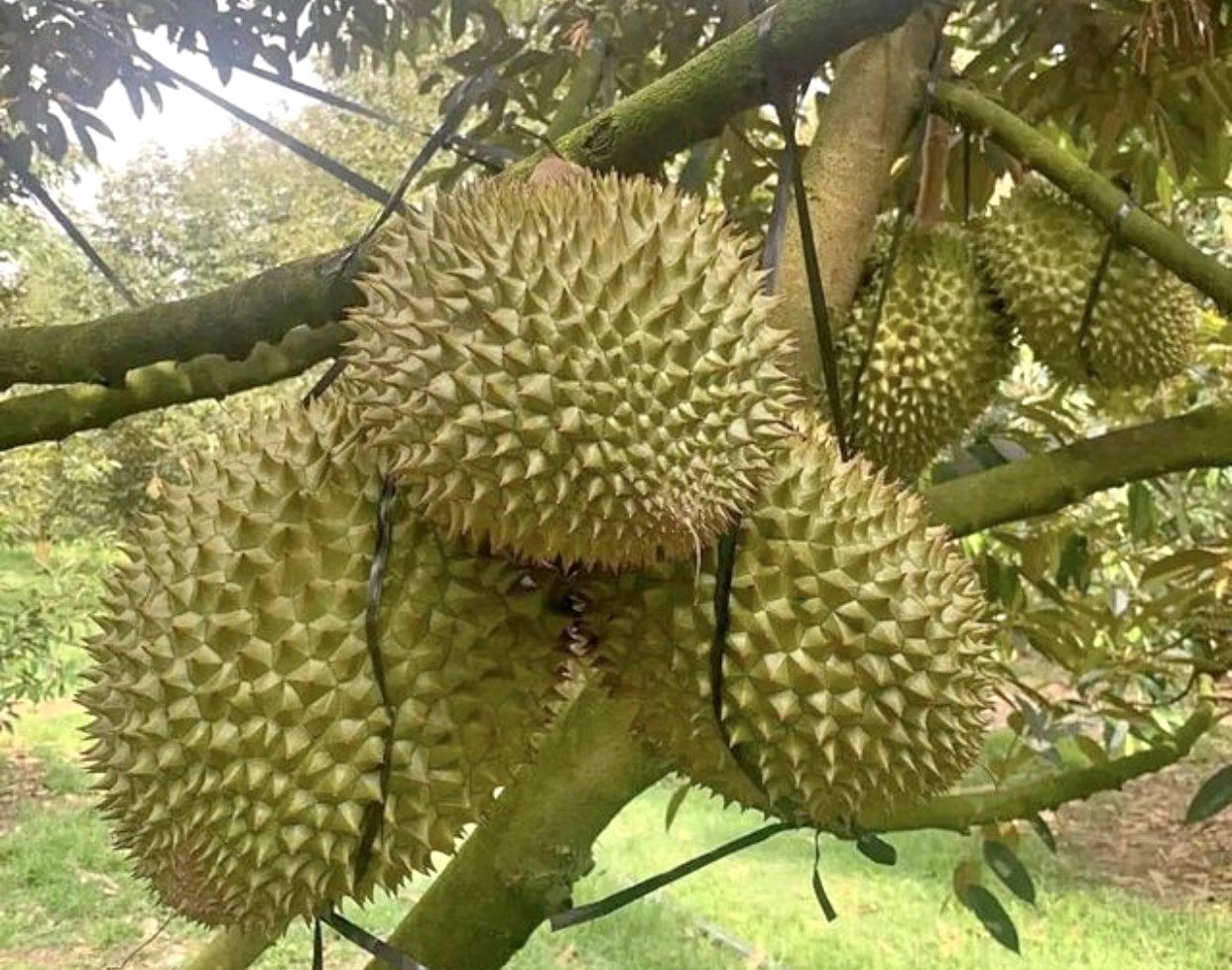
Exporting durian to China has shown remarkable growth this year. Photo: Son Trang.
According to the General Department of Customs, in the first 6 months of this year, fruit and vegetable exports to the Chinese market reached 1.76 billion USD, a 121.9% increase compared to the same period in 2022. With these figures, the export value of fruits and vegetables to China in the first half of this year has exceeded the total export value of the entire year 2022 (1.525 billion USD). Adding the export value for the month of July, the total export value of fruits and vegetables to China has reached 2 billion USD.
After experiencing a significant decline in market share in 2022 (accounting for less than 50% of total fruit and vegetable exports), the Chinese market is making a strong comeback in Vietnam's fruit and vegetable export activities this year. In the first 6 months of this year, the value of exported fruits and vegetables to this market accounted for 77.6% of total fruit and vegetable exports to the Asian region and 65.8% of total fruit and vegetable exports to all markets.
Among the exported fruit and vegetable products to China, durian still remains the fastest-growing and most valuable item. According to the Institute of Agricultural and Rural Development Policies (Ministry of Agriculture and Rural Development), in just the month of June, durian exports to China reached 361 million USD, accounting for a substantial 74.9% of the total export value of fruits and vegetables to this market.
China currently ranks as the world's third-largest market for fruit and vegetable imports. According to statistics from the China Customs Administration, in the first 6 months of 2023, China's fruit and vegetable imports reached 13.7 billion USD, a 6.8% increase compared to the same period in 2022.
The Department of Import and Export (Ministry of Industry and Trade) believes that due to Vietnam's geographical proximity to China, transporting fresh fruits and vegetables to this market incurs lower costs while maintaining freshness and quality. This gives Vietnam a competitive edge over other supply sources.
However, to increase the export value to the Chinese market, Vietnamese fruit and vegetable products must have good quality and meet consumer preferences. This requires Vietnamese businesses to have a strong grasp of and adherence to the current regulations and standards of the Chinese market. Businesses need to regularly update and comply with regulations on quality standards, inspection, quarantine, packaging, and traceability of the Chinese market. Additionally, a logistics strategy and the construction of agricultural product storage facilities in border areas can help preserve products for longer periods and maintain good quality until the delivery deadline.
The robust growth in the Chinese market has contributed to the impressive growth of Vietnamese fruit and vegetable exports over the past 7 months. Information from the General Department of Customs shows that in the first 7 months of 2023, fruit and vegetable exports reached over 3.084 billion USD, a 60.5% increase compared to the same period in 2022.
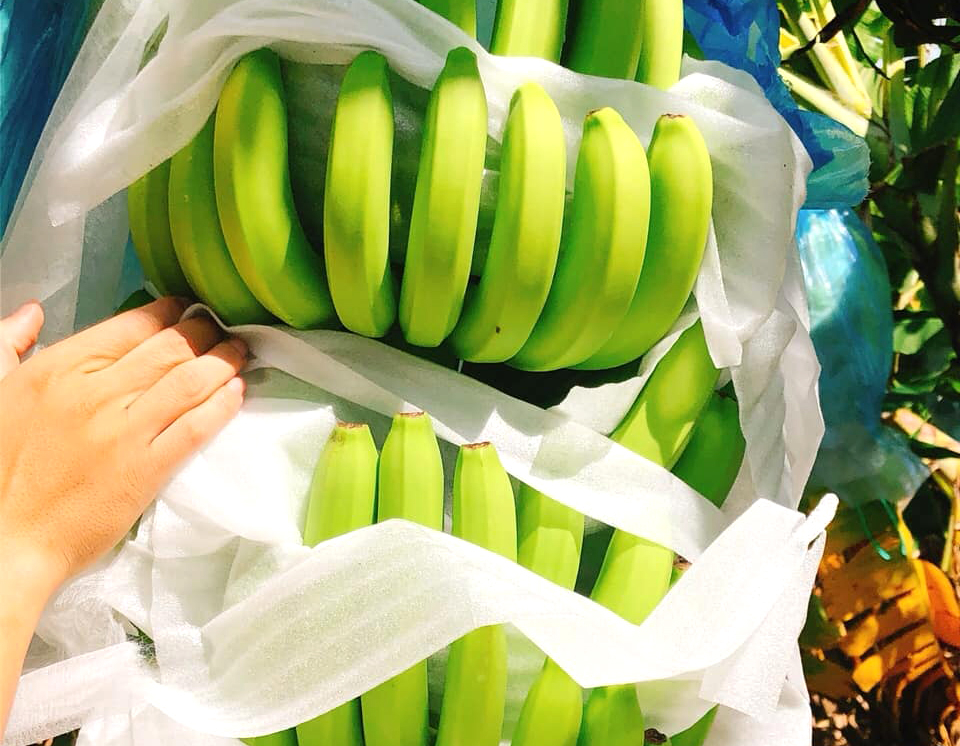
Banana has become one of the main fruits to be exported to China. Photo: Son Trang.
The strong growth in fruit and vegetable exports has been a prominent trend for over half a year now, with its momentum primarily attributed to the accelerating pace of exports from the second quarter up to the present moment. This surge in export activity has been particularly pronounced. To delve into the specifics, during the second quarter of 2023, the export value of fruit and vegetable products reached a noteworthy 1.7 billion USD. This represents a substantial increase of 73% when compared to the preceding quarter, and a remarkable surge of 104.8% in comparison to the same period in 2022.
Amidst the backdrop of various sectors experiencing a downturn due to weakened overall demand, the export of fruits and vegetables stands as a consistent bright spot in the country's overall export landscape. The Department of Import and Export anticipates that with the current growth trajectory, the upcoming six months hold the potential for fruit and vegetable exports to range from 2.5 billion USD to 2.7 billion USD. This projection thus opens the possibility of achieving an annual export figure that surpasses the significant milestone of 5 billion USD for the very first time. This optimistic outlook underscores the resilience and vitality of the fruit and vegetable export sector within the broader context of trade dynamics.
Translated by Nguyen Hai Long
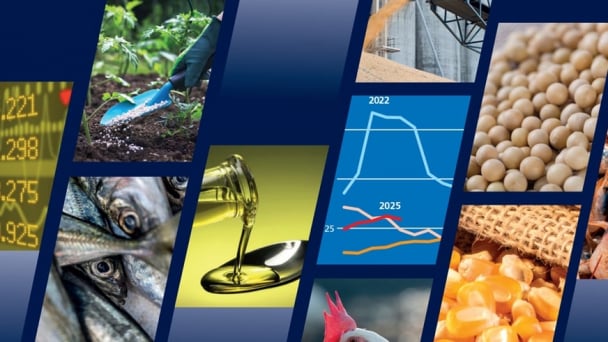
(VAN) Noting risks, report examines impacts of avian influenza, changing trade patterns since 2022, fish fraud, and shipping industry’s net-zero goals.

(VAN) Mr. Tran Quang Bao, General Director of the Forestry and Forest Protection Department, met and worked with the International Wood Products Association to promote cooperation in the field of timber trade.

(VAN) China's outbound shipments of rare earths in May jumped 23% on the month to their highest in a year, though Beijing's export curbs on some of the critical minerals halted some overseas sales.
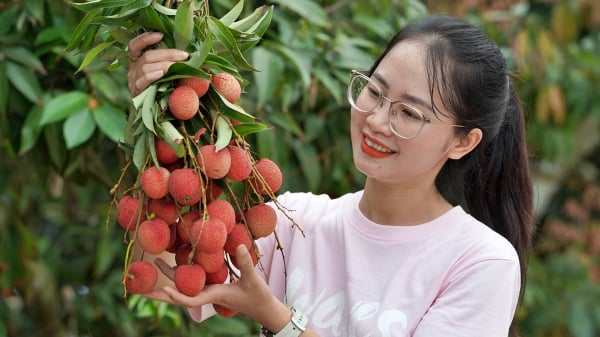
(VAN) To sustain capital flow, administrative reform alone is not enough; what farmers truly need is an ecosystem where both government and businesses grow together in support.

(VAN) Vietnam and the United States are proactively working together, each in their own way, to ensure that every container of agricultural goods carries not just products, but also long-term trust and value.

(VAN) Stores have started selling rice from the government’s stockpile to feed demand for the staple.
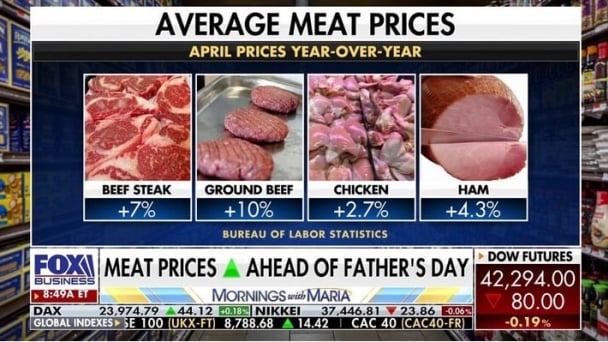
(VAN) Omaha Steaks CEO says rebuilding cattle herds will take about a year to ease price pressures.